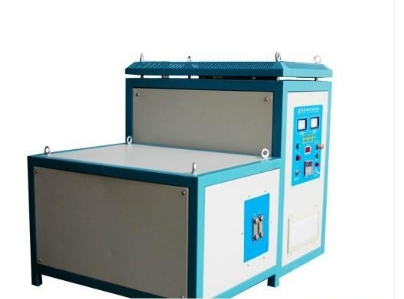- 26
- Sep
What aspects should be paid attention to when designing the quenching cooling medium pipeline?
What aspects should be paid attention to when designing the quenching cooling medium pipeline?
(1) Tank capacity The tank capacity is similar to that of the cooling water tank, but when the quenching cooling medium tank is integrated with the machine tool mechanical lifting mechanism, due to the shorter pipeline, it can be designed to be smaller in order to reduce the volume of the bed to meet the quenching water pump Recycling supply is fine.
(2) Quenching cooling medium supply The quenching cooling medium supply is related to the flow rate of the quenching water pump, and this flow rate depends on the primary quenching surface area of the workpiece and the required spray density [mL/ (cm2s)], that is, per square centimeter area The amount of water sprayed per second (mL). The spray density of different steel materials and different heating methods is shown in the table. Some Japanese factories use 20~30mL/ (cm2s).
Table 8-6 Recommended value of spray density of quenching cooling medium
Category Spray density/ [mL/ (cm2s)]
General surface hardening 10-15
Diathermic quenching 40 ~50
Low hardenability steel quenching 60 ~ 100
(3) The size of the filter mesh of the quenching liquid is a function of the spray aperture. The diameter of ordinary fiber or iron powder is often between 70~100pim. The smaller the spray aperture, the finer the filter screen is required, and the spray aperture is general. Not less than 1mm, so the aperture of the filter screen is required to be less than 1 mm. In actual production, 0.3~0.8mm is used. If the filter screen is too small, the resistance will be increased, and the channel area will also decrease under a certain pipe diameter.
(4) The number of spray holes Regarding the number of spray holes on the effective circle of the sensor, it is generally specified as 3 ~ 4/cm2, and the holes should not be too dense. Due to the large or small pore diameter, some materials recommend that the cross-sectional area of the spray hole on the effective ring should be less than 15% of the quenching surface area and greater than 5% of the quenching surface area.
(5) The area of the nozzle inlet pipe The ratio of the total cross-sectional area of the nozzle inlet pipe to the total cross-sectional area of the spray hole should be 1:1 as much as possible. When the quenching water pump pressure is large enough (such as 0.4 MPa or more), it can be Change this ratio, but it is better not to exceed 1:2.
(6) Spray pressure Generally, when the spray pressure is 0.1MPa, the medium carbon structural steel can be hardened. However, it has been found in practice that the greater the spray pressure, the more significant the effect of scouring the thin oxide scale on the surface. For the workpieces that are prone to quenching and cracking, the spray pressure must be carefully considered.

